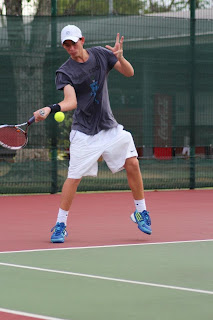THE IMPORTANCE OF NOT BEING A HEDGEHOG

THE WORLD CHAMPION ALL BLACK RUGBY TEAM ARE THE ULTIMATE FOX'S In his bestselling book “The Signal and the Noise”, author Nate Silver tells of two types of mindsets, the Hedgehog and the Fox. A Hedgehog mindset is the type of person who has formulated a theory, but when a situation arises that either can’t be explained by the theory or the theory doesn’t work for that particular situation, they call it a “one-off”, an anomaly and disregard the situation as being outside their control. The world champion All Black rugby team were Hedgehogs. Being the best team in the world for over 100 years meant they were favourites every four years when the Rugby World Cup would come around. But after winning the inaugural World Cup in 1987, the All Blacks were beaten in each of the following World Cups for various reasons. Often, losses could be attributed to situations that were almost impossible to prepare for ahead of time, such as injury to key players and errors of human jud





